The Builder
A 3D web editor for Decentraland
Overview
- My role: Product Manager, pre-concept through post-launch
- Team: Myself, engineering manager, 3x engineers, technical writer, UX/UI designer (limited availability)
Summary
The Builder is a 3D what-you-see-is-what-you-get web editor for building environments (“scenes”) in Decentraland’s virtual world, Genesis City. The user selects a plot size, adds terrain and items, and uploads the scene to the world of Decentraland.
Objective
- Fill the virtual world of Decentraland with user-generated ideas
All platforms are subject to a chicken-and-egg problem before launching. The world of Decentraland was empty but in order to attract users, it needed content, and in order to attract content, it needed users. To overcome this in part, Decentraland would allow any user to create content for the world before launch using a what-you-see-is-what-you-get (WYSIWYG) editor and then prepopulate the world with this content.
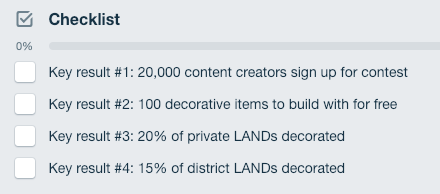
Users
- Players & Artists
We focused on solving the casual and artist persona use cases in the first version of the Builder. I developed our understanding of these personas through continuous user interviews throughout my time at Decentraland, and when we started with the Builder, we had a backlog of knowledge to draw on to inform our UX decisions.
Players are the core Decentraland audience who would, after launch, occupy the world. Artists are skilled community members who are drawn to Decentraland because of its potential as a creator-friendly 3d platform and community.
Process
Initial research
I played with every 3D editor product I could get my hands on, from the Sims to Unity and web-based tools, noting interaction paradigms and getting a sense of the state of the art.
Product Requirements Document
The PRD is where the majority of my initial work took place. This document detailed the user journey, the product capability, and the interaction paradigm. The bulk of the user experience was established here by me and passed to the designer for detailed UX and UI production. The design and engineering team added their opinion and then the sum of that work was folded back into the PRD and signed after review by stakeholders.
The PRD also plugs into a larger product roadmap, so while I had strong opinions about the Builder UX, I had to balance my opinions with the organization-level goals and downstream projects that the Builder would feed into.
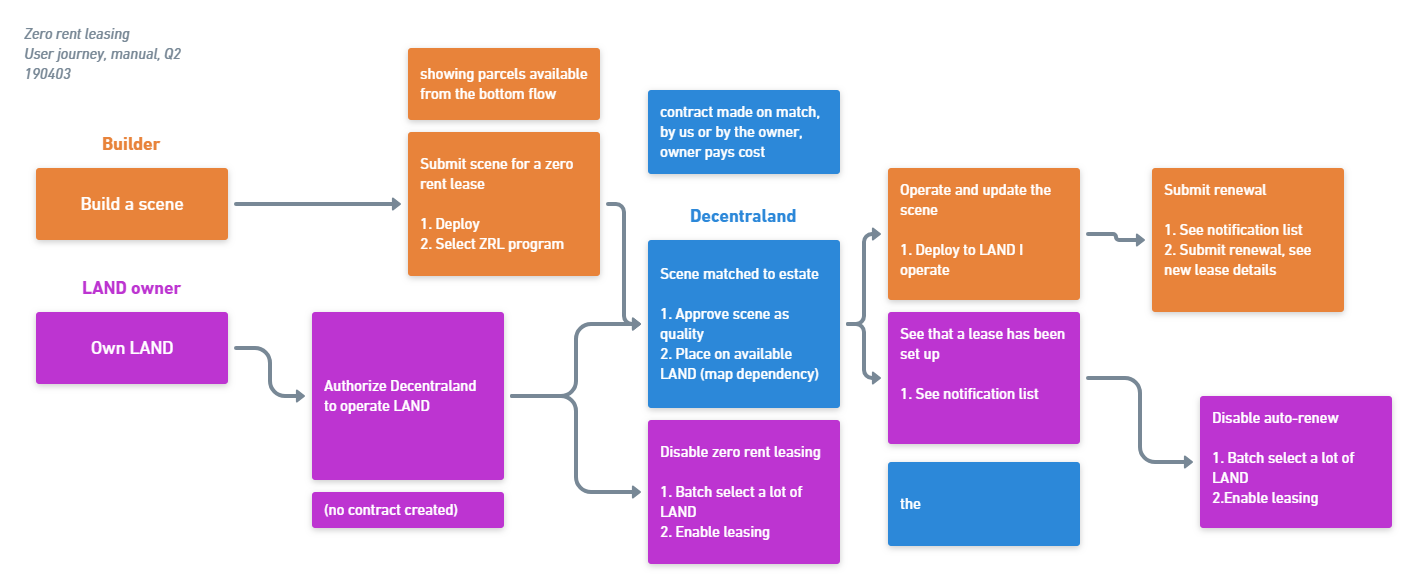
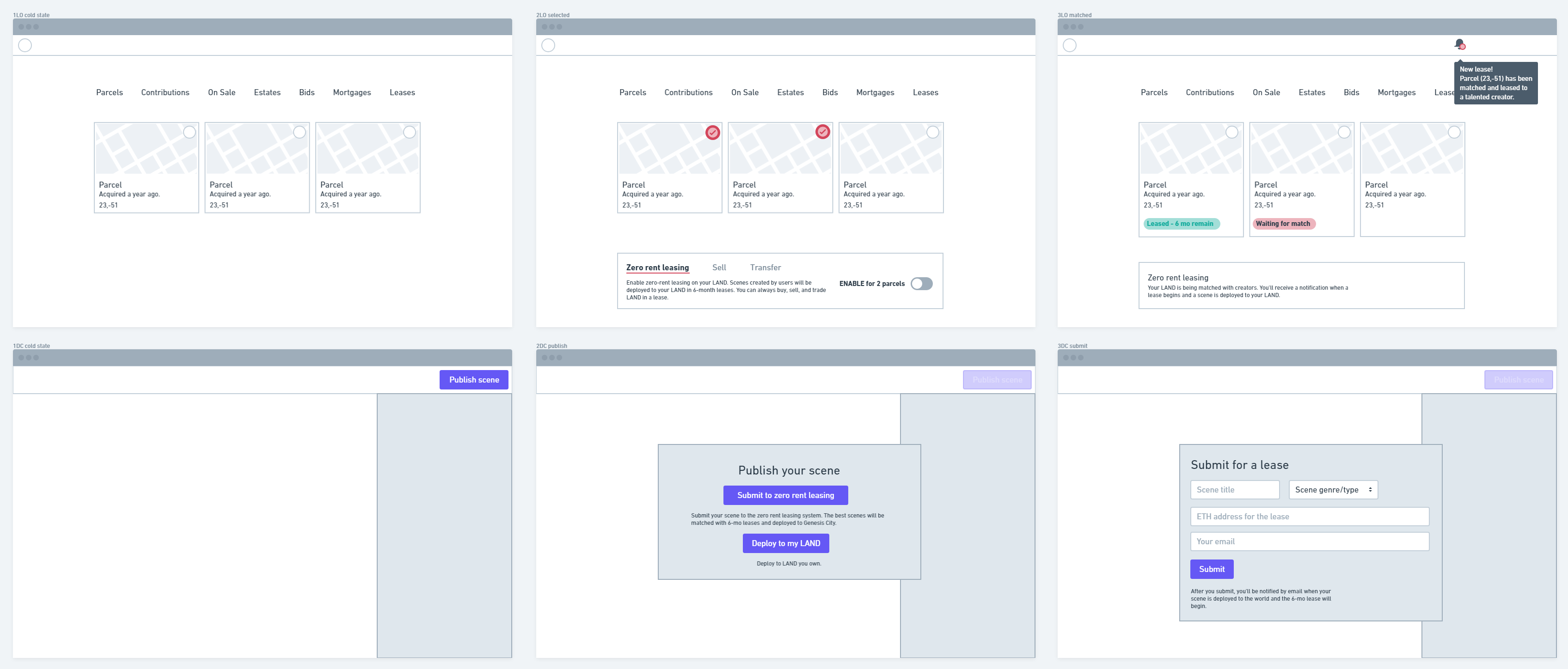
Build, Test, Iterate, Repeat
Once the first build was usable I ran five tests in person with our target personas then edited the recorded footage into a highlight reel to show the team. From those sessions, we made deep dives into the interaction design, talking to experts across the organization. I worked with Mat, Decentraland's brilliant UX/UI designer, to define the next iteration and then ran a round of user tests after implementation using a popular user testing tool. This iteration loop repeated several times.
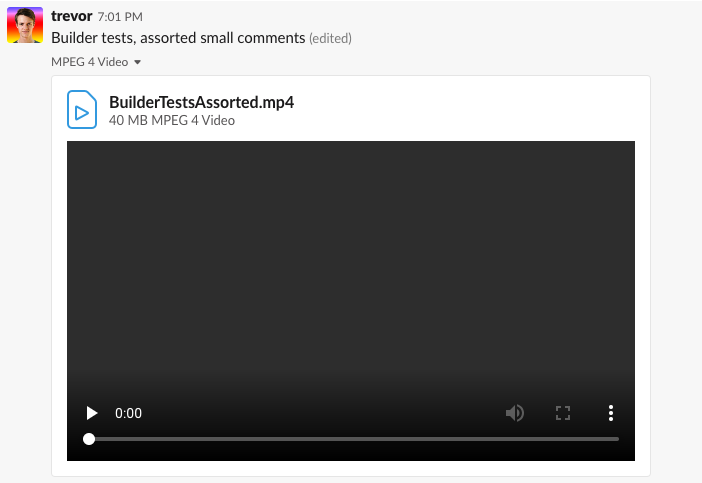
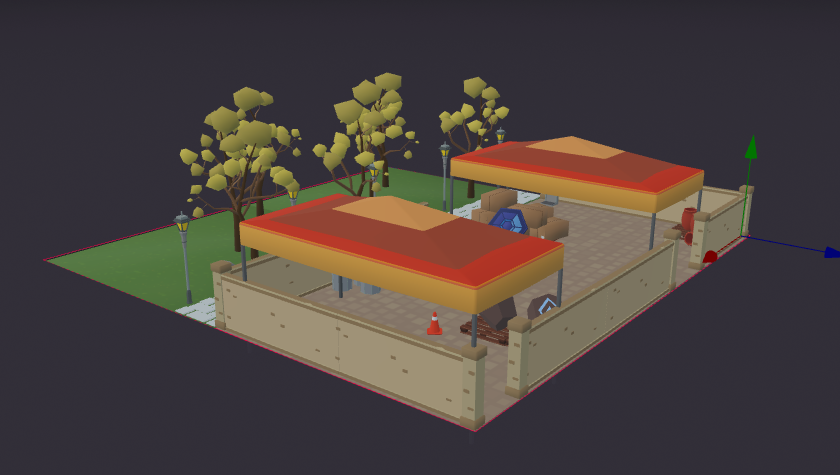
QA
I ran QA in three phases. First, through extensive user testing during the first UX iterations. Second, I sent core community members through an exhaustive array of test cases and surfaced bugs through google surveys. Third, we ran an open beta and used Hotjar and manual A/B testing (paired with analytics) to surface and solve small UX problems and microservice snags. These phases allowed us to catch and triage most (but not all) bugs before launch.
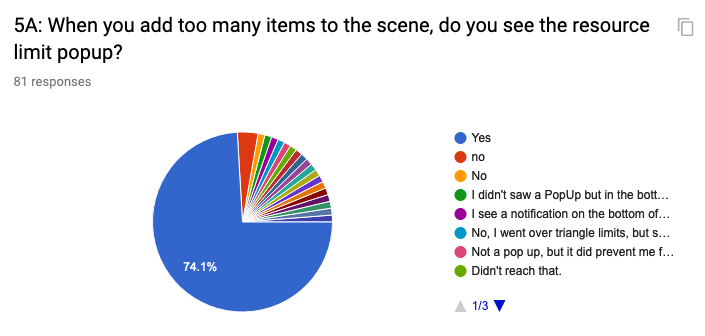
One of the great joys of product work is running a lot of users through your product for the first time and seeing some workflows explode but getting glowing feedback from users regardless. The Decentraland community is extremely loving when new products are released and The Builder was no exception—people would even approach me at conferences to mention how much fun they had building.
Launch
The launch had a big snag: serving web apps behind the firewall in China is not like serving web apps in the rest of the world, and our CDN was not able to serve assets in a reasonable amount of time. Engineering battled that until realizing it was something of a lost cause without meeting the legal and filing requirements set by the Ministry of Industry and Information, which would be a longer process.
Despite this, the launch was a success, and not only did the product launch on time, we also surpassed our key results significantly.
Following the launch, we shifted to live ops mode and began negotiating the roadmap for the coming quarters.